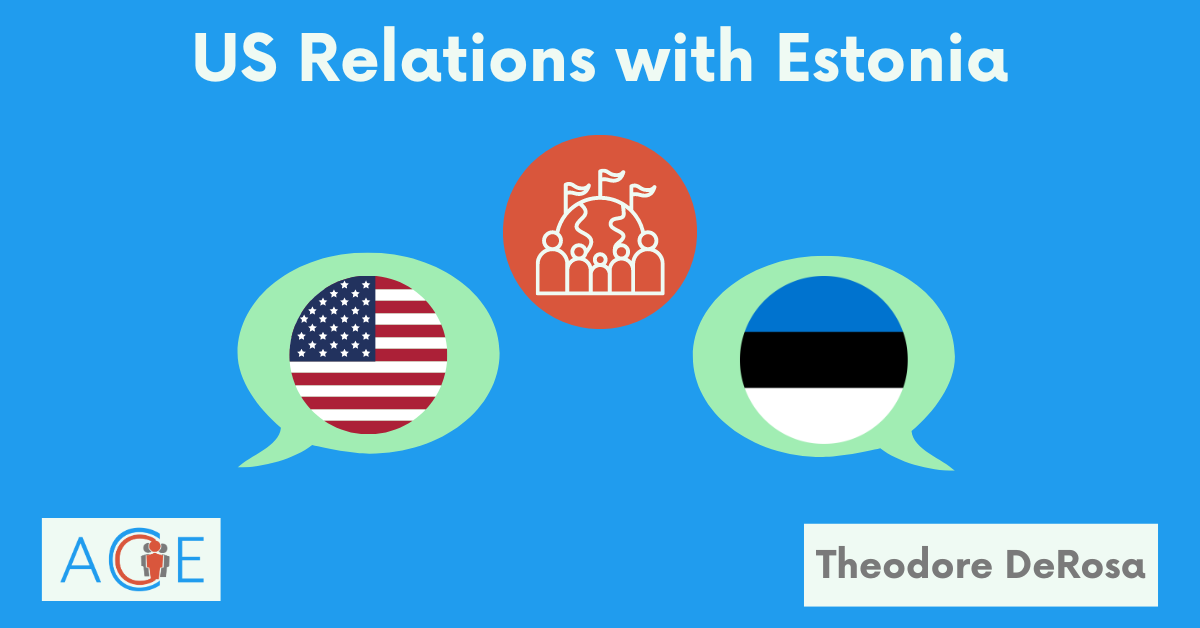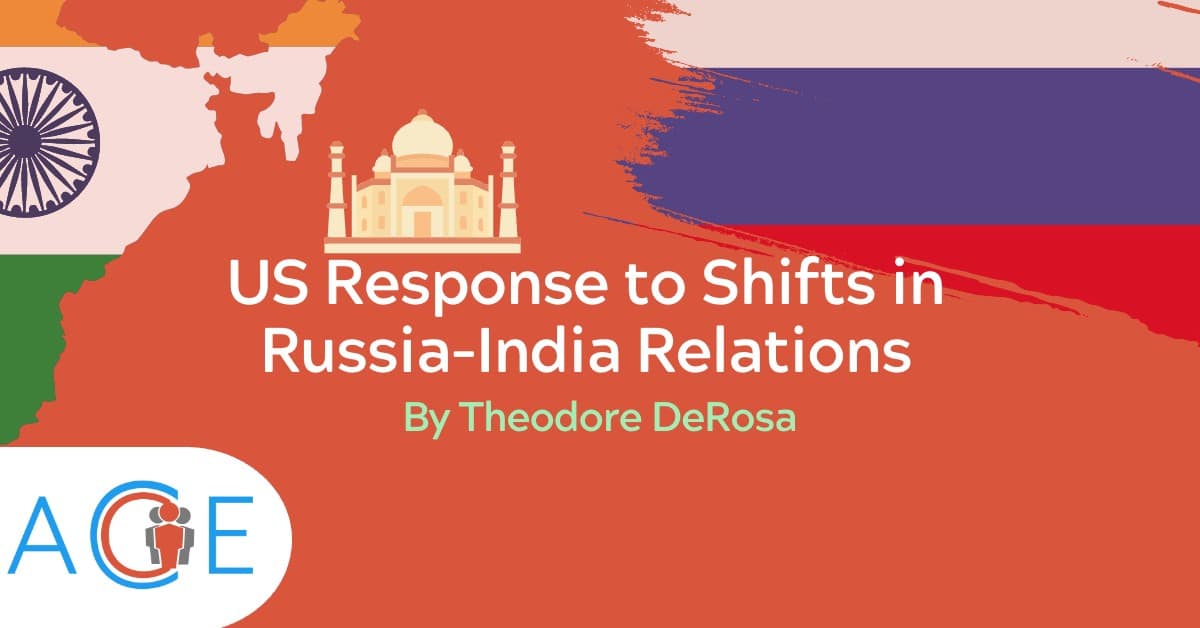Estonia, a small country at the northern end of the Baltic states, has received increased focus from Western media in light of the deepening divide between the West and Russia in Eastern Europe—exemplified by the war in Ukraine. Estonia, a NATO ally of the United States and member of the European Union, spent the Cold War under Soviet rule and two centuries as part of the Russian Empire. Today, Estonia is recognized for incorporating digital innovation with democratic governance and public services, leading some to refer to it as a “digital democracy”.
Estonia, located at the northern end of the Baltic states, has gained increased attention from Western media due to the growing divide between the West and Russia in Eastern Europe, particularly highlighted by the war in Ukraine. As a NATO ally of the United States and a member of the European Union, Estonia has a history of Soviet rule during the Cold War and centuries as part of the Russian Empire. Today, Estonia is known for blending digital innovation with democratic governance and public services, earning it the nickname of a “digital democracy.”
Fact Sheet
- Population: 1,344,768
- GDP: $38.1 billion
- Capital: Tallinn
- Government: Parliamentary Republic
- Head of State: President Alar Karis / Head of Government: Prime Minister Kaja Kallas
- Languages: Estonian 68.5%, Russian 29.6%, Ukrainian 0.6%, other 1.2%, unspecified 0.1%
- Religion: Orthodox 16.2%, Lutheran 9.9%, other Christian 2.2%, other 0.9%, none 54.1%, unspecified 16.7%.
- GINI Index: 30.8
- Freedom Score: 94/100 (Free)
History of US-Estonia Relations
Following the Russian Civil War and World War I, Estonia declared independence, leading to the establishment of diplomatic relations between Estonia and the United States in 1922. However, during World War II, Estonia faced occupation by both Nazi Germany and the Soviet Union, eventually falling under Soviet control. It wasn’t until the end of the Cold War in 1991 that Estonia regained its independence. Throughout the Cold War period, the United States never formally recognized Estonia as part of the Soviet Union. Instead, the U.S. maintained diplomatic relations with Estonia’s separate representatives, reflecting its continued support for Estonia’s independence.
Estonia’s Tensions with Russia
Since its independence, Estonia has grappled with tensions with Russia regarding the treatment of its sizable ethnic Russian minority. Many long-term Russian residents in Estonia, including those born there, were not automatically granted Estonian citizenship. Although some eventually obtained citizenship, those lacking proficiency in Estonian faced statelessness. Russia’s President Putin has cited discrimination against Russian minorities to justify actions in Ukraine, raising concerns of potential application of similar arguments against Estonia.
Estonia’s admission to NATO in 2004, along with the other Baltic states, expanded the Western alliance up to Russia’s borders, contributing to increased tensions between Estonia and Russia. This westward shift is further evidenced by Estonia’s acceptance into the EU in the same year.
US Strategic Interests
- Strategy and conflict: Russia’s war in Ukraine has renewed America’s focus on its alliance with the Baltic states, including Estonia. As other Eastern European nations fear that they could be next to face Russian aggression, Estonia’s ambassador to the United States has remarked that the war represents “existential risks” to their nation and allies. The Baltic states are seen as the most strategically vulnerable part of NATO to a Russian invasion. Wargames conducted by the RAND Corporation in 2014 and 2015 found that Russian forces could reach Tallinn and Riga in as few as 60 hours. Due to Estonia’s membership in NATO, a Russian attack on Estonia would likely compel its allies, including the United States, to respond.
- NATO alliance: Estonia also has a unique role in NATO. Consistent with Estonia’s emphasis on digital innovation, the country hosts the NATO Cooperative Cyber Defence Centre of Excellence from which NATO’s cybersecurity operations are based.
- Aligned value system: Since the end of the Cold War, Estonia has exhibited increased alignment with America’s values on the world stage. Previously a communist republic, Estonia now has a free market and has made significant reforms towards liberal democracy, demonstrating a shift away from its historical ties with Russia and towards a Western alignment.
- Economic ties: Over the same time, Estonia has developed closer economic ties to the United States, with the US moving from Estonia’s fourteenth largest trading partner to its fourth largest from 2017 to 2019. The two countries have also signed several economic agreements over the last few decades.
Future
As concerns about the security of the Baltics increase, the addition of Finland and Sweden into NATO could contribute to enhanced security in the region. Since the start of Russia’s war in Ukraine, Estonia has provided around $400 million in military aid to Ukraine. The Baltic states have been united in their support for Ukraine, and Estonia has called upon its NATO allies to increase their defence spending to 2.5% of their GDP to support Ukraine. The likely goal moving forward for Estonia and NATO is to deter further Russian aggression against its bordering states by preventing their success in Ukraine.


